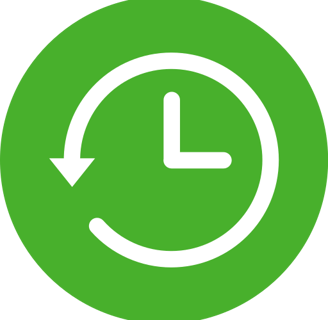
SUPPORT
LOAD SCHEDULE/SLD/POWER & CONTROL SCHEMATIC DRAWINGS
Preparing a load schedule helps in determining the amount of power required for an installation. This information is then used by electrical engineers to properly size conductors, conduits and determine the proper overload and other protection and control systems.


Load Schedule:
Typical steps in preparing load schedule:
Below are some of the typical steps that may be used when preparing the load schedule for an industrial plant for the first time.
Create a list of all expected loads in the installation or facility. Specify whether they are process or non process loads.
Get the electrical characteristics for each of the loads, including voltage, current, nominal ratings, absorbed ratings, efficiency, power factors, etc
Classify each equipment by load duty, load criticality and switchboard location
Calculate expected consumed load for each load
Calculate the operating, peak and design loads for each switchboard and then for the overall installation.
When designing an electrical distribution board, it is common practice to use a simplified notation in order to represent the electrical system. This graphical representation is called a single line diagram (SLD).The single line diagram can represent an entire system or a small part of an electrical circuit. Electrical elements such as circuit breakers, transformers, capacitors, busbars, contactors and conductors are shown by standardized schematic symbols. Single phase or three phase systems can be easily represented as a single conductor with horizontal line strokes indicating the number of phases.
Single Line Diagram:
CHECKLIST/TEST SHEETS & REPORTS
Our electrical inspection checklist is geared toward inspectors who are visiting commercial/residential properties to perform an assessment.
There are two sections to this checklist. The first covers the basic safety inspection checks which must be performed to guarantee the safety and security of the inspector. The second takes a general requirements approach to residential inspection.
In the safety checklist, all data is taken from NFPA 70E, Standard for Electrical Safety in the Workplace, 2012.
Each task which follows in the commercial/residential overview checklist will reference the specific NEC code to which it adheres.
Our goal with this checklist is to create an actionable way to follow the correct procedures of industry standard inspections which can fit easily and fluidly within the modern workflow, making the process easier and more effective than before.
These checklist are editable to add further tasks and steps to expand the functionality of this checklist to suit the specific cases and needs.
If you need to present the results of multiple inspections, you can export this spreadsheet with each checklist saved as a row to a CSV file. Through this method, all records and reporting of inspections are automatically saved.




ON-CALL SERVICE (DIAGNOSIS & TROUBLESHOOTING)
LV/MV Testing/Commissioning :Trouble shooting/fault rectification & diagnosis and client representation)
LV/MV – ADHOC services :Emergency Support)
On Call maintenance service for LV/MV Switchgear System :Trained on ABB, Schneider, SIEMENS – LV Systems)
DEWA Registered &DM :Contractor & Certified Engineers)




+971 52 386 0547

Phone Number:
+971 56 567 4149
Email Address:
Location:
Al Rumhi Building, Office No. 203-A3, Al Muteena Dubai, United Arab Emirates
Quick Links
Copyright © 2024 Neutral Ground Technical Services. All rights reserved.
Mon-Fri: 9am-5pm
Timings:
+ Support



